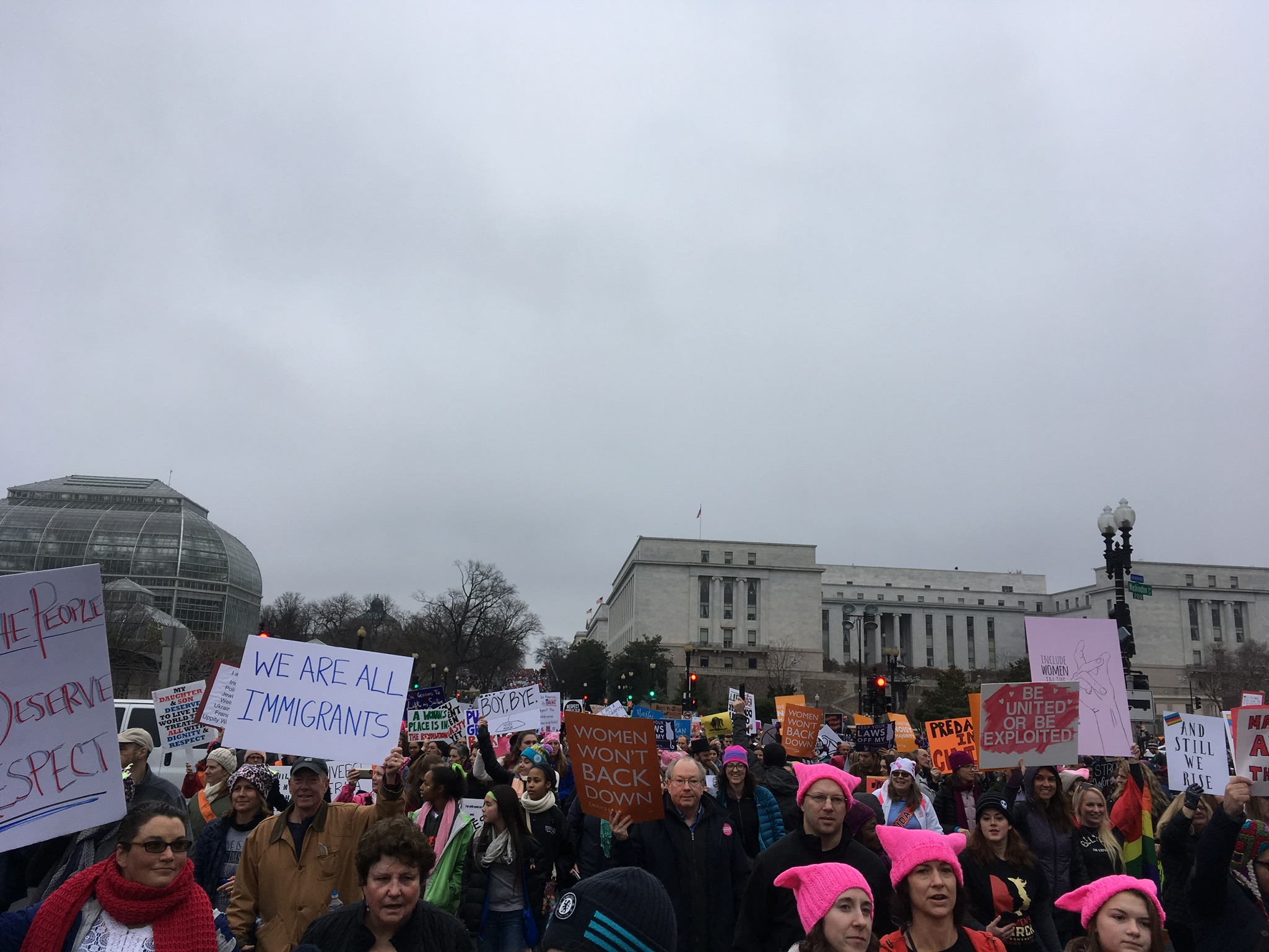As someone who doesn’t watch football, and barely understands it, I typically end up watching the game more for the advertisements than anything else. This year in particular I found that the Super Bowl provided a platform for political messages, and thus proved to be a very potent indicator of the current American sociopolitical climate. In this way, an event as essentially American as the Super Bowl can serve as a window into the ethos of our society.
Prior to the start of the game, there was a discussion about the cost of advertisements and general decline in viewership of the Super Bowl in recent years. In terms of viewership, it seems quite plausible that the progression of modern society has played a role in decreasing attention spans and encouraging individuals to check scores or video highlights the day after rather than watching the game real time. This also speaks to the declining social component of American life, as technology renders many forms of face to face interactions unnecessary and often discourages social gatherings. On the topic of advertisements, those found during the Super Bowl are often extravagant, and in past years have relied more on shock value than entertainment. This year, however, I found the sheer volume of political messages astounding. As a result of the last election, politics has come to the center of American media in a way it hasn’t for many years. This was incredibly visible in these advertisements, as even private companies feel both a. strongly enough about the current political situation to present an opinion, and b. that presenting this opinion is still relevant and accessible to the average viewer. Specifically, advertisements such as those for Budweiser, Coca Cola, and 84 Lumber presented potent imagery in response to the current immigration controversy. While this essentially differs from the expectation of the Super Bowl as a purely social and entertainment-oriented event, it is evident that this American tradition is just as much at the mercy of the current political atmosphere as anything else. In fact, it seems quite appropriate that these messages of unity were presented using the platform of an event which at its core represents both camaraderie and Americanism.

